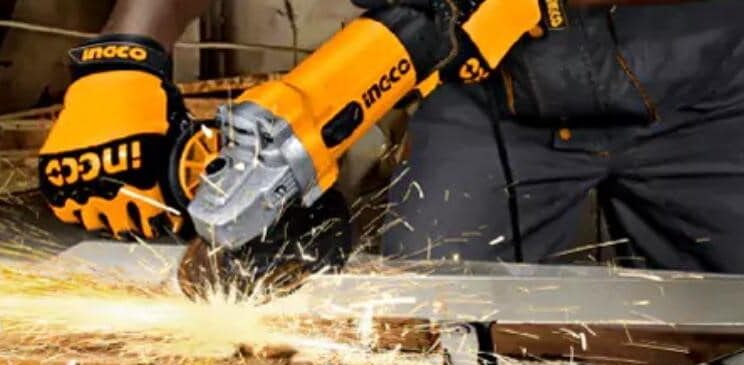Portable welding machines and traditional welding equipment serve the same fundamental purpose: to join metals together using heat. However, they differ significantly in terms of size, mobility, versatility, and application. Understanding the distinctions between portable welding machines and traditional welding equipment is essential for choosing the right tool for specific welding needs. Let’s delve into a detailed comparison of these two types of welding systems.

Size and Portability:
Perhaps the most apparent difference between portable welding machine and traditional welding equipment is their size and portability. Traditional welding machines, such as stick welders, MIG welders, and TIG welders, are typically large, stationary units that require a dedicated workspace and often permanent installation. In contrast, portable welding machines are compact, lightweight, and designed for easy transportation. They are ideal for remote job sites, field repairs, and projects where mobility is essential.
Power Source:
Traditional welding equipment is often powered by electricity, either from a standard power outlet or a dedicated power supply. These machines may require substantial electrical infrastructure and are limited by the availability of power sources. In contrast, portable welding machines are available in various power options, including battery-powered, gas-powered, and diesel-powered models. This versatility allows users to work in locations where access to electricity is limited or unavailable.
Versatility and Application:
Traditional welding equipment typically specializes in specific welding processes, such as stick welding, MIG welding, or TIG welding. While these machines offer high precision and control for particular applications, they may lack versatility for handling a wide range of materials and thicknesses. Portable welding machines, on the other hand, are designed to be versatile and adaptable to various welding tasks. They often support multiple welding processes, allowing users to switch between techniques based on project requirements.
Ease of Use:
Portable welding machines are renowned for their user-friendly design and intuitive controls, making them suitable for both beginners and experienced welders. These machines often feature simplified interfaces, automatic settings, and built-in safety features to streamline the welding process and minimize the learning curve. In contrast, traditional welding equipment may require more extensive training and experience to operate effectively, especially for complex welding applications.
Cost and Investment:
Traditional welding equipment tends to be more expensive upfront, requiring a significant investment in machinery, installation, and maintenance. Additionally, the costs associated with electricity consumption and consumable materials can add up over time. Portable welding machines offer a more cost-effective alternative, with lower upfront costs and reduced operating expenses. They are ideal for small businesses, hobbyists, and contractors looking to minimize overhead costs without sacrificing welding capabilities.
Conclusion:
In summary, portable welding machines and traditional welding equipment each have their unique advantages and limitations. While traditional welding equipment offers precision, power, and specialized capabilities for specific applications, portable welding machines excel in versatility, portability, ease of use, and cost-effectiveness. Choosing between the two depends on factors such as project requirements, mobility needs, budget constraints, and personal preferences. Ultimately, both types of welding systems play essential roles in various industries and applications, contributing to the advancement of welding technology and the completion of diverse welding projects.






